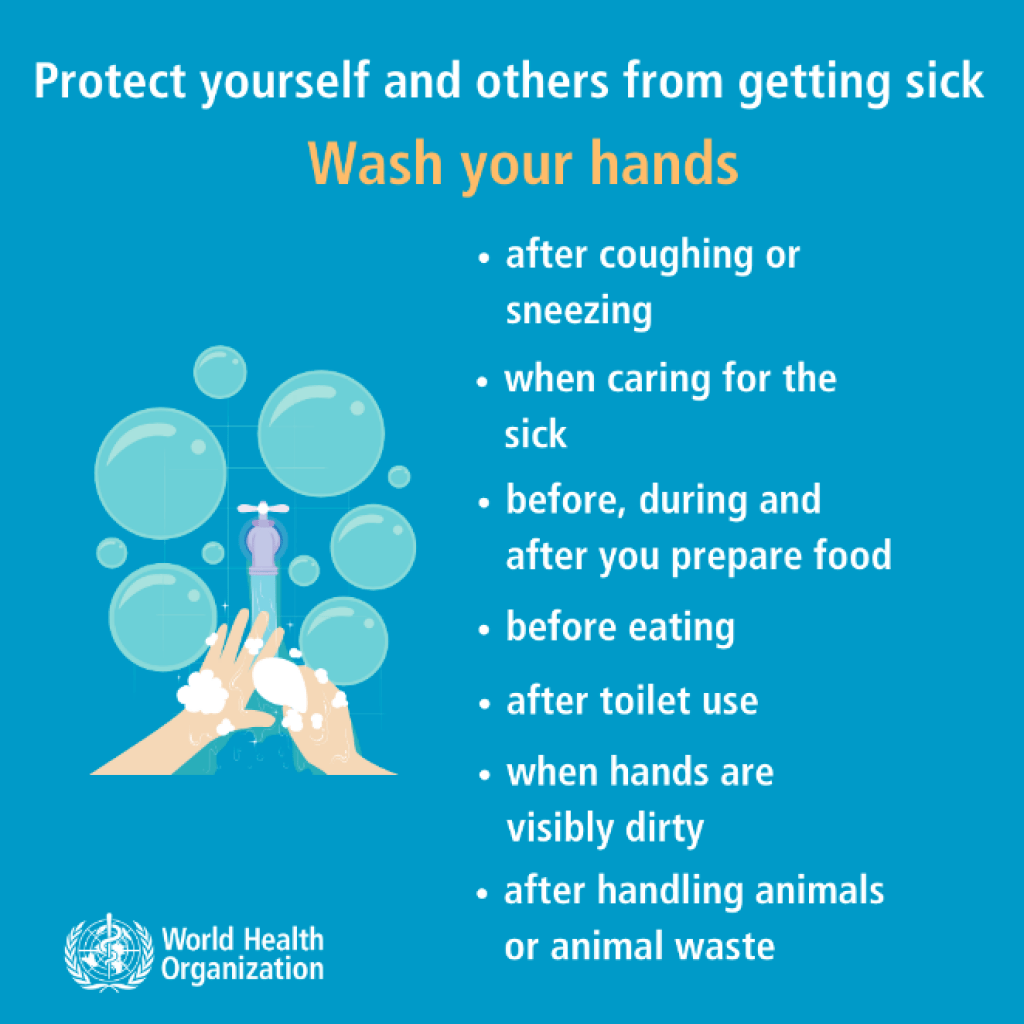Image courtesy: WHO
The situation around the spread of the novel coronavirus (2019-nCoV) that broke out in China in December 2019 continues to evolve.
Following are the facts as of 9 am on Friday, 31 January 2020.
- On 30 January 2020, the World Health Organisation’s (WHO) International Health Regulations (2005) Emergency Committee met and discussed the novel coronavirus (2019-nCoV) outbreak. After the committee met, the WHO issued a statement in which it announced that the coronavirus outbreak had been elevated to a Public Health Emergency of International Concern (PHEIC). The statement reads:
“The Committee agreed that the outbreak now meets the criteria for a Public Health Emergency of International Concern … The Committee emphasized that the declaration of a PHEIC should be seen in the spirit of support and appreciation for China, its people, and the actions China has taken on the frontlines of this outbreak, with transparency, and, it is to be hoped, with success. In line with the need for global solidarity, the Committee felt that a global coordinated effort is needed to enhance preparedness in other regions of the world that may need additional support for that.”
– WHO
The situation with regard to infections is as follows:
- According to reports, by the morning of 31 January 2020, the Chinese government had confirmed 9 692 infections and 213 deaths;
- So far no deaths have been recorded outside China;
- 129 confirmed infections outside China;
- Various countries have started evacuating their citizens from China;
- The first novel coronavirus infection has been confirmed in Kenya, according to a news report. Africa Check has since verified the information.
Namibia Fact Check will keep updating the #CoronaVirusFacts as situations and conditions evolve.


